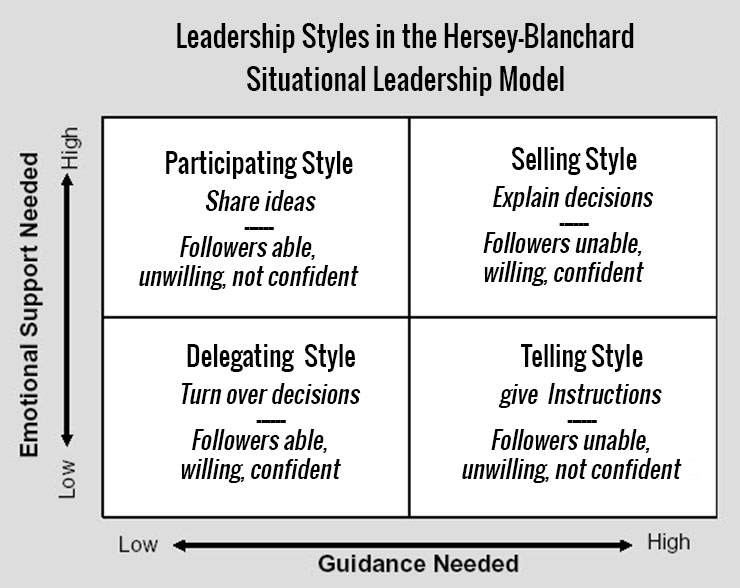Prospecting
Every business needs customers willing to pay for the product or service the business provides. Finding and cultivating new customers should be a never-ending process for any business with a desire to succeed. Surprisingly, many businesses either take a lackadaisical approach, do the bare minimum necessary, or simply overlook prospecting and lead generation.
Prospecting and lead generation, while critical, does not need to be a complex process in order to be effective. Quite the contrary; a business with the commitment and mindset to consistently nurture leads and prospects has already crossed one of the biggest hurdles. Renowned author and businessman William Clement Stone said, “Sales are contingent on the attitude of the salesman, not the attitude of the prospect.”
This article is the first in a series dedicated to successful prospecting and lead generation. People sometimes ask about the difference between these two. The simplest definition is that lead generation is a one-to-many activity, such as sending out a direct mailer, and prospecting is a one-to-one activity, like a phone call. However, after working with hundreds of clients, my advice is to consider prospecting and lead generation holistically, because both are required for success. This first article is a broad view of prospecting.
Prospecting is essential to any sales endeavor but is often overlooked or poorly implemented. In order for prospecting to be successful, it is essential that it becomes both a priority and a habit. Additionally, it is essential to understand your prospect and choose your methods of communication appropriately. Implementing these steps will help to improve prospecting results.
Make It a Priority
Although everyone knows that the prospecting is important to the success of any company that relies on sales, it rarely becomes a priority. It is often put off in favor of tasks that provide instant gratification. Prospecting must become a priority. This requires:
- Scheduling: Choose a time for prospecting. Many experts advise people to schedule prospecting early in the day, but you need to choose the time that is effective for you and your prospects
- Preparation: Prepare what you will say ahead of time but be flexible. Do not simply read a script.
- Professionalism: Remain professional throughout the process. Do not allow an internal negative attitude towards prospecting affect your communication. Similarly, don’t take it personally should you encounter negativity from prospects.
Identify Your Ideal Prospect
Prospecting is time-consuming, which is why it is necessary to identify ideal prospects before beginning the process. Your ideal prospect is your ideal customer. Your company is able to fulfill the needs and wants of your ideal customer. Conduct research to determine who benefits from your product or service. The information you must find beyond how your business meets client needs includes the following:
- Values and priorities
- Budgets
- Age
- Gender
- Buying habits
- Profession
- Interests
Once you have identified the ideal customer, you will be able to focus time on prospects who are likely to become your customers.
Choose Prospecting Methods
There are numerous prospecting methods available, which will be addressed in greater depth in a later newsletter. While you will probably choose multiple methods of prospecting, you must focus your energy on methods that your prospects will respond to when they are exposed to them. For example, younger prospects are less likely to respond to cold calling and more likely to respond to social networking and webinars. The better your research on your ideal prospect, the better you can select the best prospecting methods! Prospecting methods commonly used include:
- Cold calling
- Referrals
- Content marketing
- Email marketing
- Networking
- Seminars
- Social networking
- Webinars
- Advertising
Every method is considered a “touch”. It will take multiple touches to convert a prospect into a client. Be sure to provide value in every touch you make with a prospect – how your product or service will ultimately make their life better or easier.
Make It a Habit
It is not enough for prospecting to become a priority; it must become a habit. There is a common misconception that habits are easily made within 21 days. Recent studies, however, show that it takes roughly 66 to 200 days. When you first decide to make a new habit, the first few days are easy. After the honeymoon phase ends, it is easy to become disillusioned and fall back into old habits. When this happens, it is important to focus on the positive outcomes and follow your schedule of prospecting activities. After struggling through this phase, prospecting will become second nature. In order to truly make prospecting a habit, you need to ensure that you are working at it daily.
By Christine R. Spray
Photo: ID 5122591 © James Steidl | Dreamstime.com




